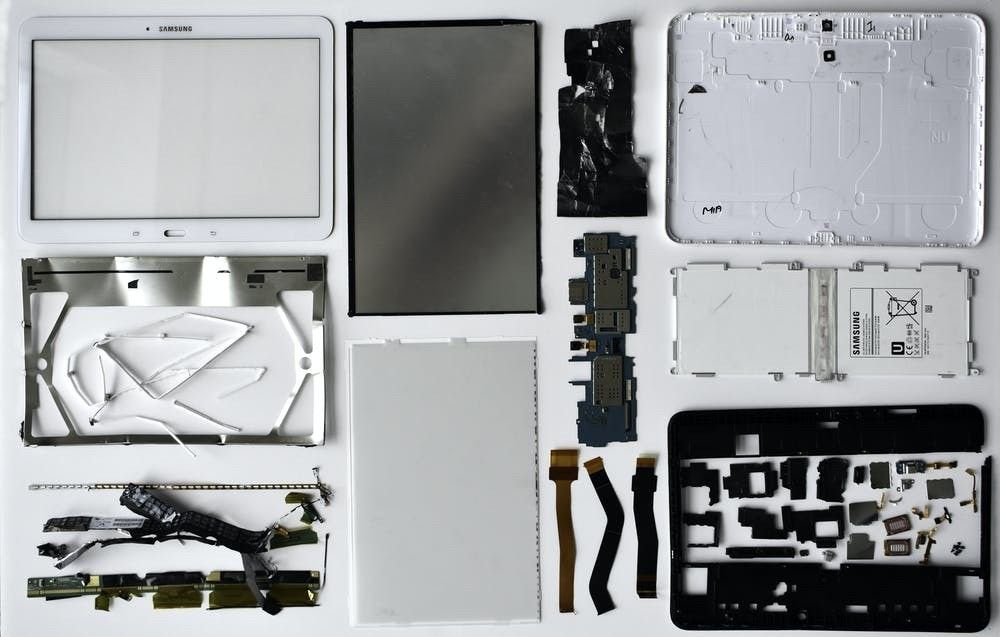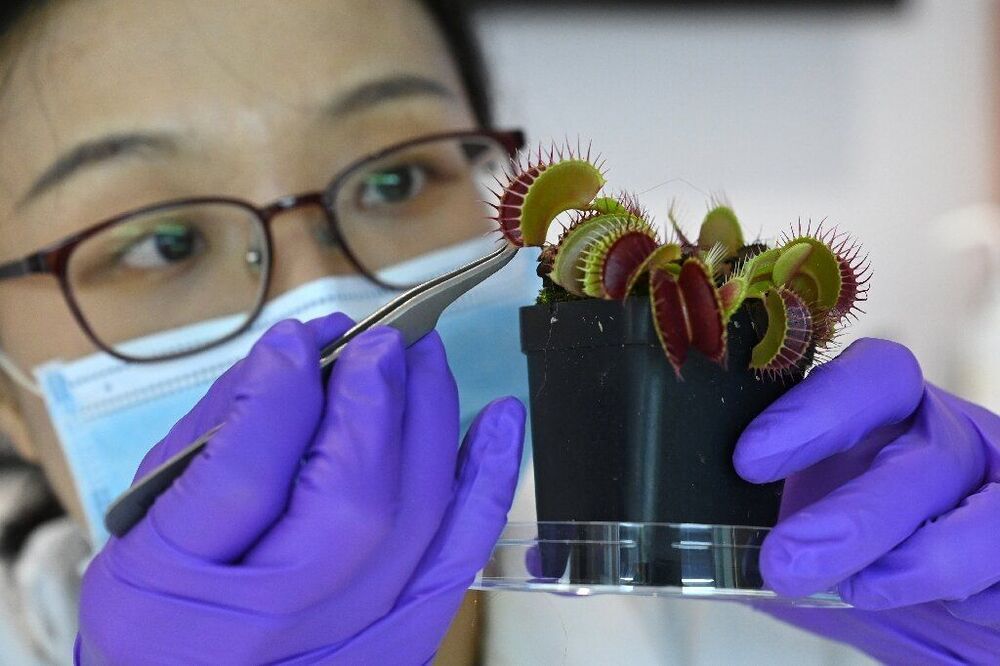Apr 18, 2021
SeeDevice’s QUANTUM IMAGE SENSOR may be the first to appear on the market, and will allow better low-light imaging than the Sionyx “black silicone” color night-vision cameras
Posted by Jeremy Dylan Batterson in categories: mobile phones, quantum physics
This year-old zdnet article notes that the company plans a photo-sensitivi ty range from ultraviolet through visible light to 2000nm infrared. The sensor itself retains almost 4x the light of ordinary CMOS sensors, while being 2000x more sensitive to light. This will put it on par with the best analogue image intensification tubes used for night vision. Up until now, there have not been any digital night vision systems that can match analogue systems. This will be better, with higher resolution and multichromatic. It also has a 100x greater dynamic range than ordinary CMOS sensors, according to the specifications from SeeDevice’s site linked below. (This means that it can image both bright and dark areas clearly and simultaneously, instead of having the bright areas washing out the image, or the dark areas being black. The included photo is from its website, demonstrating a wide dynamic range photo produced by the system. On a normal photo, either the sky would appear black, or the road would be so bright that it would look washed out.)
Hopefully coming soon to a cell phone camera near you…
SeeDevice’s site: https://www.seedeviceinc.com/technology
















